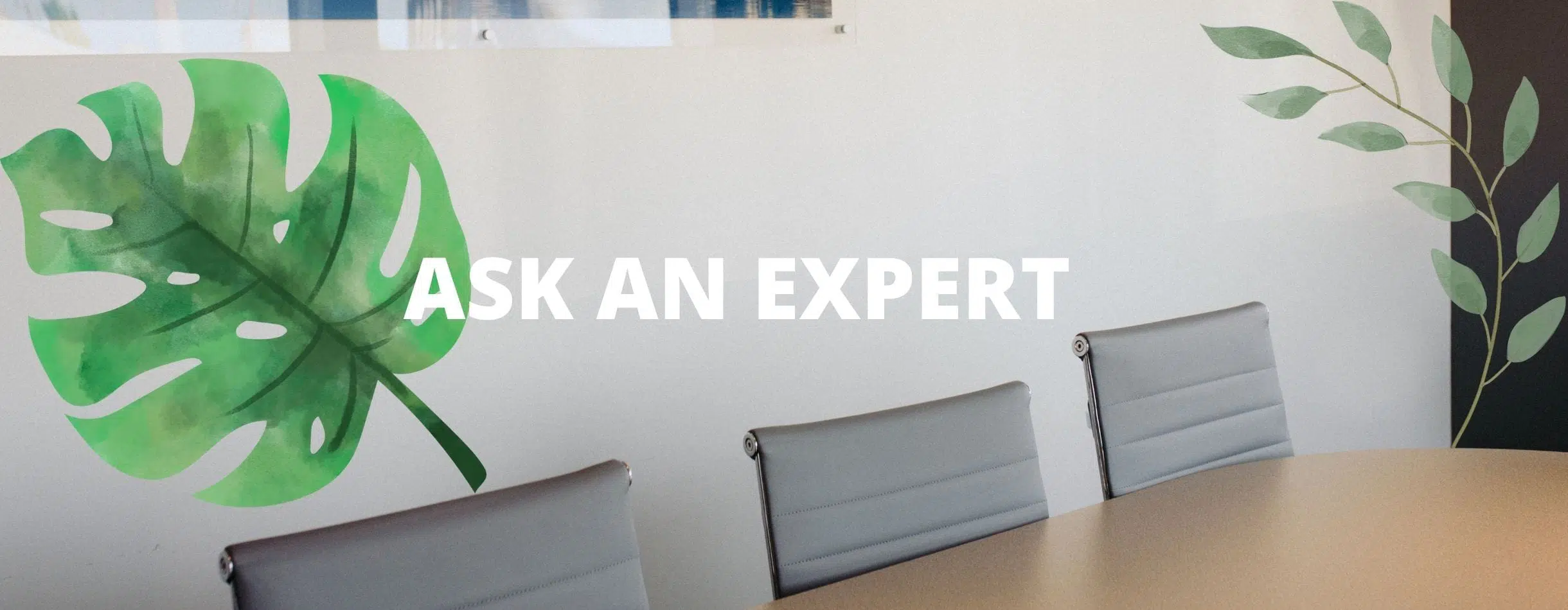[ASK AN EXPERT] What Are The Best Questions To Ask In A Donor Survey?


Full Platform Overview Chat With Us



Full Platform Overview Chat With Us




Our Ask An Expert series features real questions answered by Claire Axelrad, J.D., CFRE, our very own Fundraising Coach, also known as Charity Clairity.
Today’s question comes from a fundraiser who hasn’t surveyed donors before and would like some advice on the best questions to ask.
Dear Charity Clairity,
I’d like to survey our donors this year (I’m not sure my organization ever has) and have been doing research about different types of surveys/questions. Some experts advocate for donor satisfaction or commitment questions, rather than questions that ask about why they gave and what they hope to accomplish through giving. Since this is likely our first survey, I want to make sure we get it right!
— Welcome your Thoughts
Dear Welcome Thoughts,
You’ve hit the nail on the head by noting that some experts advocate for one thing, while others advocate for another. In other words, there’s no one right way to do a donor survey. There’s seldom any one right way to do anything. That’s why we’re so fortunate to have a bevy of different Covid-19 vaccines coming to market around the world.
Here are my thoughts: What works best for you may not work best for someone else. To determine what you need begin with WHY you’re contemplating doing this survey in the first place. There’s no point doing a survey just to check this task off your ‘to-do’ list. So begin with asking: How will I know this survey was successful?
There are two basic reasons you should do donor surveys. One is for you (useful information you will act on); the other is for your donor (a way to usefully participate other than giving money and feel a part of a community of like-minded folks). I’ve written about this in detail HERE.
You’ll want to tailor your questions according to your particular reasons and desired outcomes. Here are a few reasons and outcomes for you to consider:
There are so many questions you might ask, so first determine if your reason is (1) research (acquisition, retention and upgrade strategy), (2) donor engagement (cultivation, stewardship and relationship-building strategy), or (3) some combination. Once you have clarity on your objective, here are some questions to consider [This list is by no means exhaustive]. I am also primarily sharing questions where you can tally responses using rank order or multiple choice. You can certainly always add an “other” option (recommended) if you want to leave room for free-form responses.
Keep in mind creating and sending your survey is just the first step. You won’t get anywhere if you stop there. Right? The survey should be part of a plan that reads something like this: “Depending on what we find out, we’ll do X, Y and/or Z.”
Finally, you should know that brief surveys will get a better response rate than long surveys. If you have a lot of questions, consider spitting the survey into two parts. Send one now; send another in six months. And to incentivize participation, you might consider offering a benefit (e.g., entry into a raffle to win a gift certificate from one of your local businesses; some logo swag such as a tee shirt or socks, or even a matching grant from a board member who agrees to donate a dollar for every response).
For more be sure to download this free e-book: Getting to Know You: A Guide to the Hidden Power of Donor Surveys.
I hope this helps you put together a thoughtful and successful survey plan!
— Charity Clairity
Have a question for our Fundraising Coach?
Please submit your question here. Remember, there are no stupid questions! If you need an answer, it’s likely someone else does too. So help your colleagues by asking away. Please use a pseudonym, like “Welcome Thoughts” did, if you prefer to be anonymous.
Comments